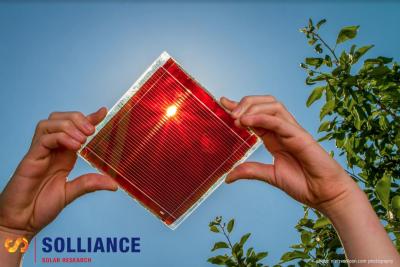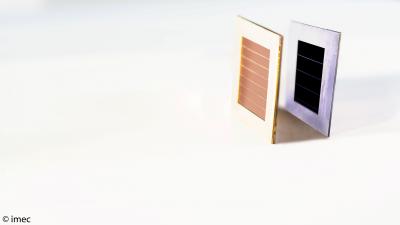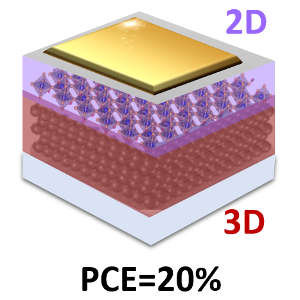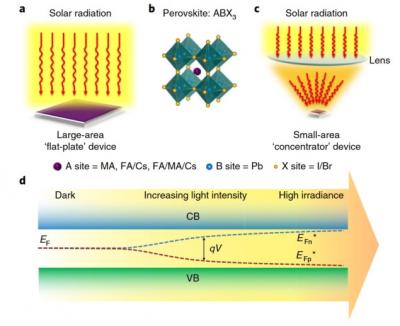ESPRC announces new partnership programs with a focus on high-efficiency perovskite solar cells
The Engineering and Physical Sciences Research Council (EPSRC) has announced seven new Prosperity Partnership projects that will build links between the UK's research base and leading industry partners. The new projects will focus on four of the Industrial Strategy Grand Challenges (ISCF) , involve nineteen industry partners and ten universities, and will fund 50 studentships.
Prosperity Partnerships are EPSRC's flagship approach to co-investing with business in long-term, use-inspired, basic research. They are five-year, multi-million pound research collaborations on topics of national and global importance which have been co-created by leading UK universities and businesses with a strong research presence in the UK.







